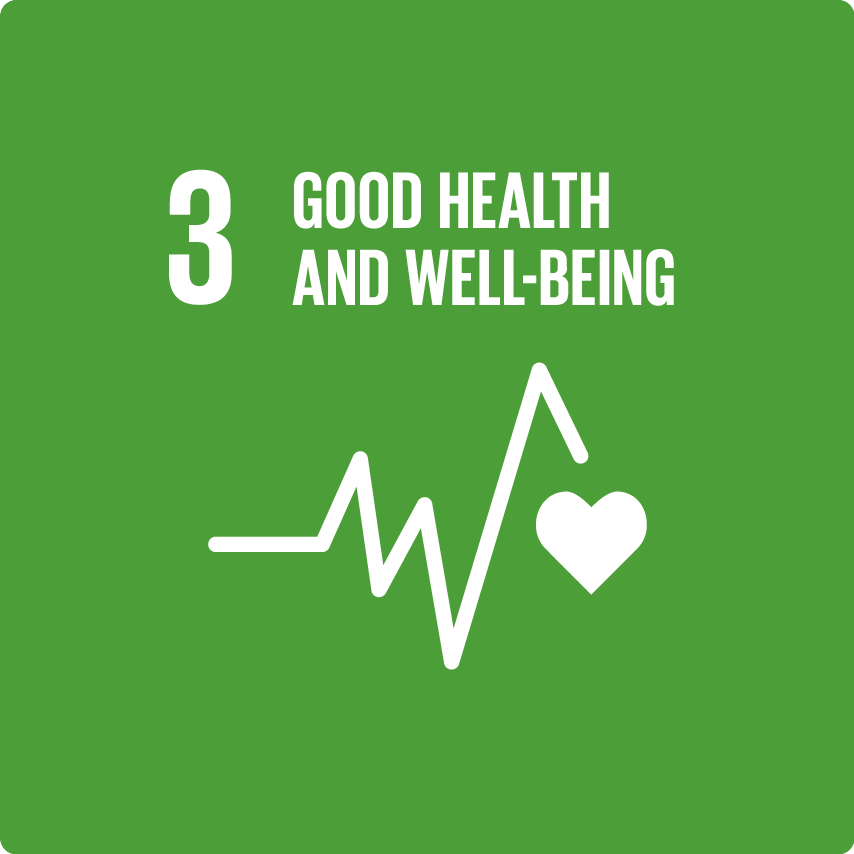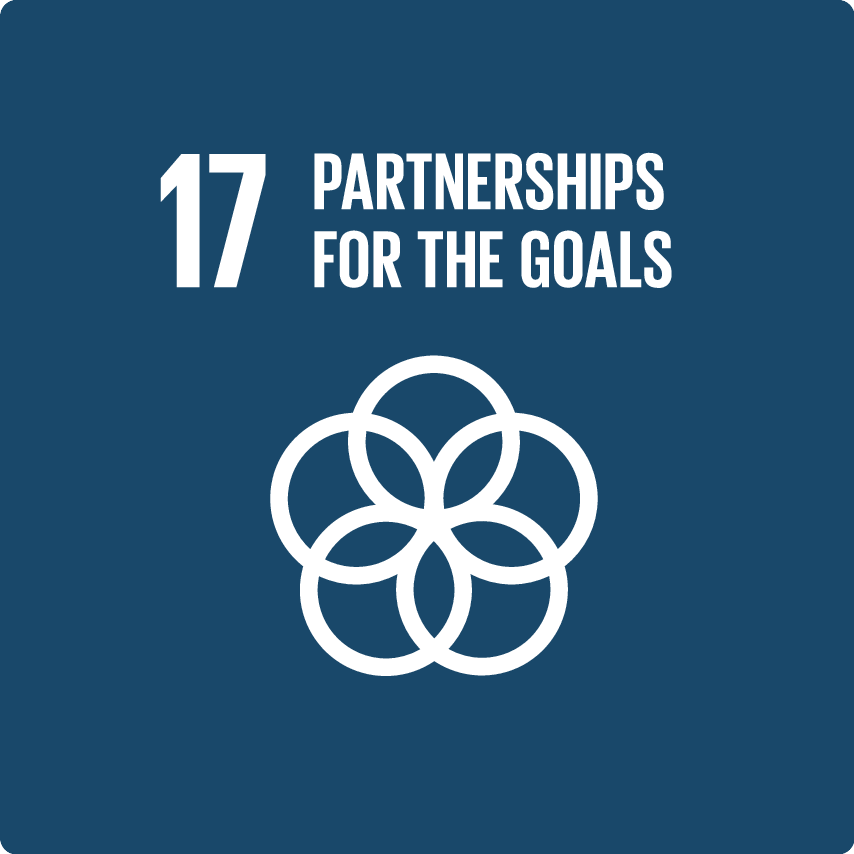Fighting Neglected Tropical Diseases: Sanofi and WHO Partnership
Controlling and eliminating of the most "neglected" of the Neglected Tropical Diseases (NTDs)—Sleeping Sickness, Chagas disease, Buruli Ulcer, Leishmaniasis.
SEE ALL PARTNER ORGANIZATIONS
Objectives
- Control and elimination of the most "neglected" of the Neglected Tropical Diseases (NTDs)—Sleeping Sickness, Chagas disease, Buruli Ulcer, Leishmaniasis.
- Eliminate Sleeping Sickness by 2020.
What are the health needs and challenges?
Neglected tropical diseases (NTDs) refer to a group of parasitic, bacterial, fungal and viral diseases that affect or threaten over one billion people worldwide and cost billions of dollars every year to developing economies. They affect people living in remote rural areas where poverty is rampant, health conditions are poor, and local capacities to monitor, diagnose and treat these diseases are missing.
NTDs are very low on the list of international public health priorities and health agendas. Funding for research and development to find new treatments is typically limited, given that the potential return on investment is either very small or non-existent. Consequently, most of the medicines available today were developed years ago and are not always adapted to the needs of patients and caregivers. There is also a real risk that resistance to these treatments will develop, making them ineffective. There are 149 countries and territories where NTDs are endemic.
Sleeping sickness’ new case numbers have recently significantly declined, to 663 cases in 2020. Yet, the screening and disease management must continue until its elimination. Leishmaniasis, Buruli ulcer and Chagas diseases each represent different challenges but are progressively coming under control. The support of endemic countries and increased awareness within the international community are fundamental to eliminating and controlling these diseases.
Partnership activities and how they address needs and challenges
Sanofi and the World Health Organization (WHO) have joined forces in the fight against NTDs since 2001, and their collaboration continues to grow in a concerted effort to combat HAT, leishmaniasis, Chagas disease and Buruli ulcer.
A fifth 5-year agreement was signed in December 2020 with the goal to eliminate sleeping sickness and improve the management of leishmaniasis, Buruli ulcer and Chagas disease. Since 2001, the company has contributed US$5 million per year in financial support and drug donations to the WHO, bringing its total contribution to USD 105 million over 21 years (2001-2022).
These funds are dedicated to diseases management and control programs, including product donations, screening of population in endemic areas, medical staff training, disease awareness campaigns, logistics and infrastructure and surveillance of resistance to treatments.
Sanofi produces four of the six medicines effective against sleeping sickness (pentamidine, eflornithine, melarsoprol, fexinidazole) and provides them to the WHO at no cost. In addition, after recent registration of the first all-ora therapy fexinidazole, Sanofi is pursuing its collaboration with the Drugs for Neglected Diseases initiative (DNDi) to develop a new all-oral monotherapy once day, acoziborole, which is expected to be a key asset working towards elimination of sleeeping sickness.
To date, more than 40 million people have been screened. 2.8 million people were actively screened in 2019 and 1.6 million in 2020, the decrease in 2020 being mainly caused by COVID-19-related restrictions. Around 210,000 people were diagnosed and treated for the disease, which is fatal if left untreated. Thanks to improved detection and disease management, the annual number of patients being diagnosed fell below 10,000 in 2009 for the first time in 50 years and below 3,000 in 2015 to reach 663 cases in 2020 (most of these cases being cases of Gambiense HAT). This is the lowest number of new cases recorded since the implementation of a reliable monitoring system over 75 years ago.
Sanofi works in collaboration with DNDi on a second all-oral, and importantly single-dose treatment, acoziborole. It is now being tested in Phase II/III clinical studies in DRC and Guinea. If successful, acoziborole would bring a simple, safe, and effective treatment that – together with a rapid diagnostic test – could be administered at point of diagnosis. This important feature would be a game-changer for sustainable elimination of the disease.
Regarding leishmaniosis, it is estimated that 700,000 to one million new cases and 20,000 to 30,000 deaths occur annually. Since 2006, Sanofi and the WHO collaborate to improve epidemiological surveillance and treatment centers for this disease, especially in the Middle East region. Sanofi offers a drug (Glucantime) at a preferential fixed price of USD 1.5 per ampoule for developing countries.
Through its collaboration with the WHO, Sanofi contributes to developing epidemiological surveillance of Chagas disease to the reduction of intra-household vector transmission as well as the implementation of control measures to eliminate Chagas disease transmission through blood transfusions. Sanofi is also working to facilitate earlier treatment of Buruli ulcer and develop antibiotic therapy that is only administered orally, which is now the recommended guideline.
Elimination of sleeping sickness or a better disease management of leishmaniaisis, Buruli ulcer or Chagas disease can be considered thanks to a sustainable and global approach of the disease through this partnership.
The key to success in fighting these diseases is the need to address the multidimensional factors. Following on from the recent success of the fexinidazole program, similarly collaborative frameworks–involving private–public partnerships are ongoing to further improve therapeutic options. The efforts of pharmaceutical companies need to be complemented by sufficient resources on the ground to identify the real needs of patients and provide them with the appropriate health care.
Results and milestones
Since 2001, more than 40 million people have been screened for sleeping sickness and over 210,000 patients have received treatment for this disease. Thanks to improved detection and disease management, the annual number of patients being diagnosed fell below 10,000 in 2009 for the first time in 50 years to reach 663 cases in 2020. This is the lowest number of new cases recorded since the implementation of a reliable monitoring system over 75 years ago.
Geographic Reach
- Africa
- Americas
- Eastern Mediterranean
Disease Area
- Infectious and Parasitic Disease
Target Population
- Children
- Youth
- Men
- Elderly
- Women
- Marginalized/indigenous people
- People with low incomes
Partner organizations
World Health Organization (WHO)
Additional resources
Geographic Reach
Africa
- Algeria
- Benin
- Burkina Faso
- Cameroon
- Central African Republic
- Côte d'Ivoire
- Ghana
- Guinea
- Mali
- Mauritania
- Niger
- Senegal
- Togo
Americas
- Argentina
- Brazil
- Colombia
Eastern Mediterranean
- Afghanistan
- Iran (Islamic Republic of)
- Morocco
- Tunisia
Disease Area
Infectious and Parasitic Disease
- Neglected Tropical Diseases (NTDs)
- Buruli Ulcer
- Chagas Disease
- Human African Trypanosomiasis (HAT)
- Other Infectious and Parasitic Disease

